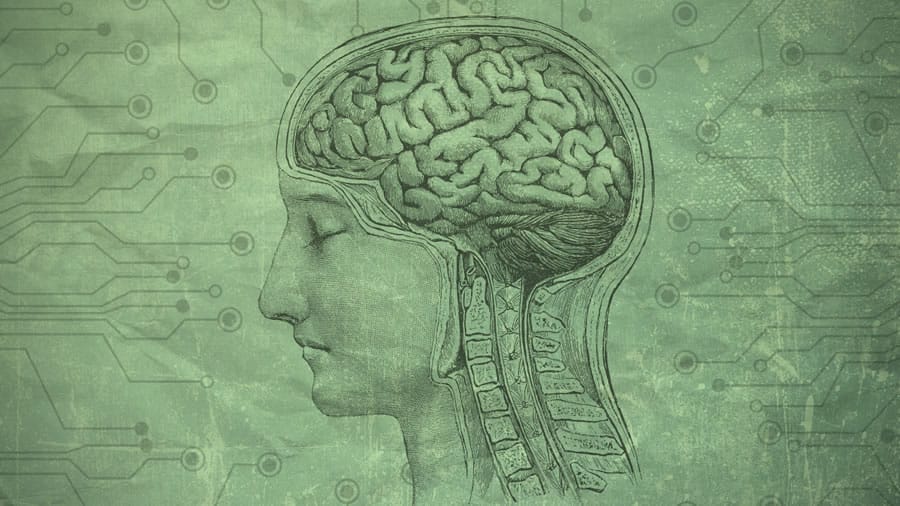
How is working memory essay
To start with, it should be said that memory – is one of the mental functions and types of mental activities designed to preserve, store and reproduce information. The ability to store information for a long time about the events of the outside world and the reactions of the body and reuse it in mind to organize follow-up is called memory. A pioneer in the study of human memory is Hermann Ebbinghaus, who experimented on himself (general procedure was memorizing meaningless lists of words or syllables).
It is essential to note that working memory, or short – term memory means as a component linked to cognitive memory which allows the temporary storage of information with limited capacity. There are many theories to both the theoretical structure of the working memory or for specific parts of the brain responsible for working memory. However, the accepted view is that the frontal cortex, parietal cortex, anterior cingulate cortex and basal ganglia parts are crucial to its operation.
The understanding of working memory comes from experiments in animals – lesions, and imaging techniques (such as MRI) in humans. Currently, there are hundreds of research laboratories around the world studying the various aspects of the subject. There are numerous practical applications, for the better understanding and for the improvements in methods of artificial intelligence.
Working memory is generally considered of limited capacity. The earliest quantification of the capacity limit associated with short-term memory was “The Magical Number Seven, Plus or Minus Two” introduced by George A. Miller (1956). He noted that the memory space in games adults was approximately seven elements, called slices, regardless of being digits, letters, words, or other units. Subsequent research revealed that the capacity depends on the category of used slices (about seven for digits, six for letters and five words) and even the characteristics of the slices in a category.
Short-term memory has usually strictly limited capacity and duration, which means that information is still available for a while, but not indefinitely. In contrast, long-term memory can store much more information is potentially infinite time (lifelong). For example, some 7- digit phone number can be stored in short-term memory and forgotten in a few seconds. On the other hand, a person can remember by repeating a phone number for many years. In the long-term memory, information is encoded semantically.
Long-term memory is supported by stable and constant changes in the neural connections that are widely distributed throughout the brain. The hippocampus is important for consolidating information from short-term memory to long-term, although apparently in the proper information it is not stored. Rather, the hippocampus is involved in changing neural connections in the period after 3 months of initial training.
One of the primary functions of sleep is to consolidate the information. Perhaps to show that memory depends on a sufficient period of sleep between training and test. Moreover, the activity of the hippocampus is still on while you sleep, according to Potkin K.T. (2012).

